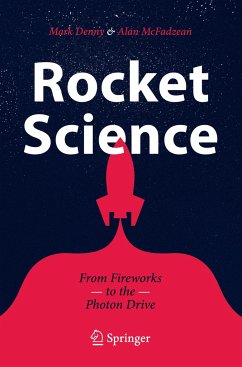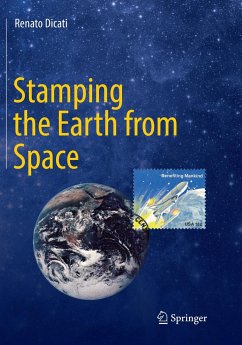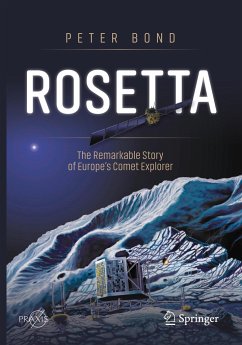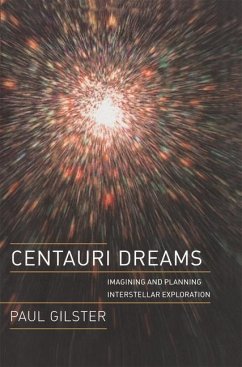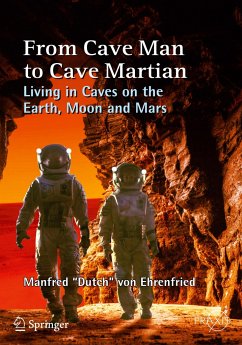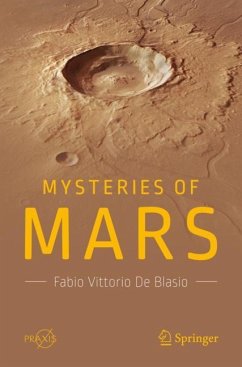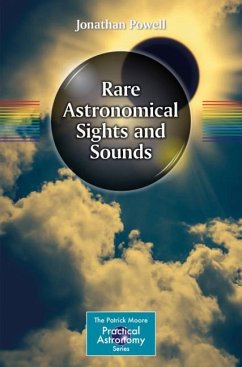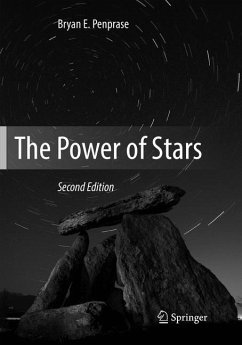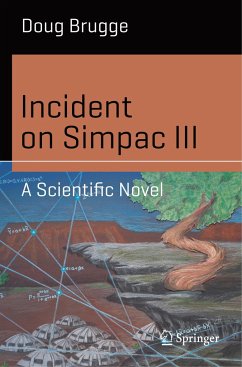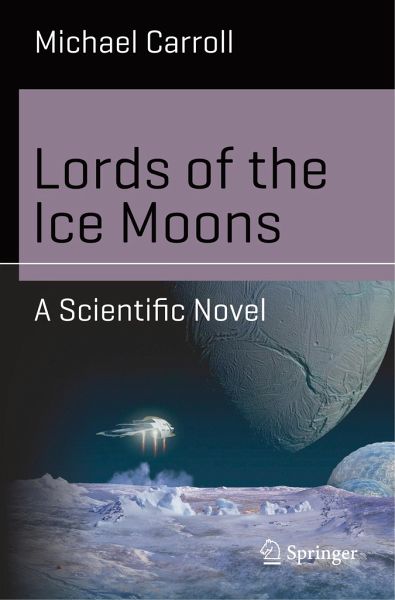
Lords of the Ice Moons
A Scientific Novel

PAYBACK Punkte
7 °P sammeln!
What happens with something becomes someone?In the aftermath of an asteroid impact, Earth's power grid is damaged nearly beyond recovery. The survival of our world may well depend on energy sources collected from an abandoned undersea settlement beneath the icy surface of Enceladus. Earth-raised Colonel Carter Rhodes, in charge of Earth's recovery efforts, calls upon Gwen Baré, a Venusian engineer, to regain control of the deserted moon outpost and collect fuel for Earth's collapsing power grids.However, what Gwen discovers churning in Enceladus's subsurface waters brings her and Colonel Rhod...
What happens with something becomes someone?
In the aftermath of an asteroid impact, Earth's power grid is damaged nearly beyond recovery. The survival of our world may well depend on energy sources collected from an abandoned undersea settlement beneath the icy surface of Enceladus. Earth-raised Colonel Carter Rhodes, in charge of Earth's recovery efforts, calls upon Gwen Baré, a Venusian engineer, to regain control of the deserted moon outpost and collect fuel for Earth's collapsing power grids.
However, what Gwen discovers churning in Enceladus's subsurface waters brings her and Colonel Rhodes' straightforward plans to a crashing halt. Soon, Gwen finds herself in the middle of an interplanetary standoff. Win, and give the last humans on Earth a chance to survive. Lose, and risk the permanent dismantling of human society across the Solar System. Forced to take sides in this war for power, resources, and species survival, Gwen must make choices that not only affect her ownlife, but also force her to question what "life" itself might really mean.
Will the promise of Enceladus energy be enough to salvage what is left of Earth's society?
Are these humans worthy of salvation?.
In the aftermath of an asteroid impact, Earth's power grid is damaged nearly beyond recovery. The survival of our world may well depend on energy sources collected from an abandoned undersea settlement beneath the icy surface of Enceladus. Earth-raised Colonel Carter Rhodes, in charge of Earth's recovery efforts, calls upon Gwen Baré, a Venusian engineer, to regain control of the deserted moon outpost and collect fuel for Earth's collapsing power grids.
However, what Gwen discovers churning in Enceladus's subsurface waters brings her and Colonel Rhodes' straightforward plans to a crashing halt. Soon, Gwen finds herself in the middle of an interplanetary standoff. Win, and give the last humans on Earth a chance to survive. Lose, and risk the permanent dismantling of human society across the Solar System. Forced to take sides in this war for power, resources, and species survival, Gwen must make choices that not only affect her ownlife, but also force her to question what "life" itself might really mean.
Will the promise of Enceladus energy be enough to salvage what is left of Earth's society?
Are these humans worthy of salvation?.





